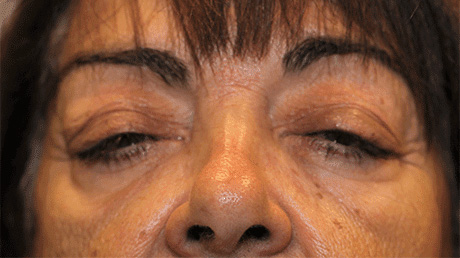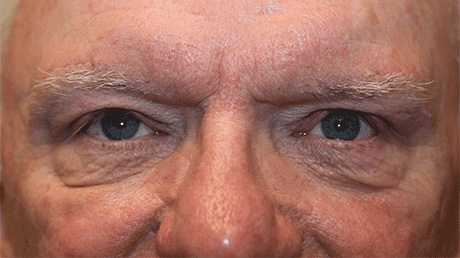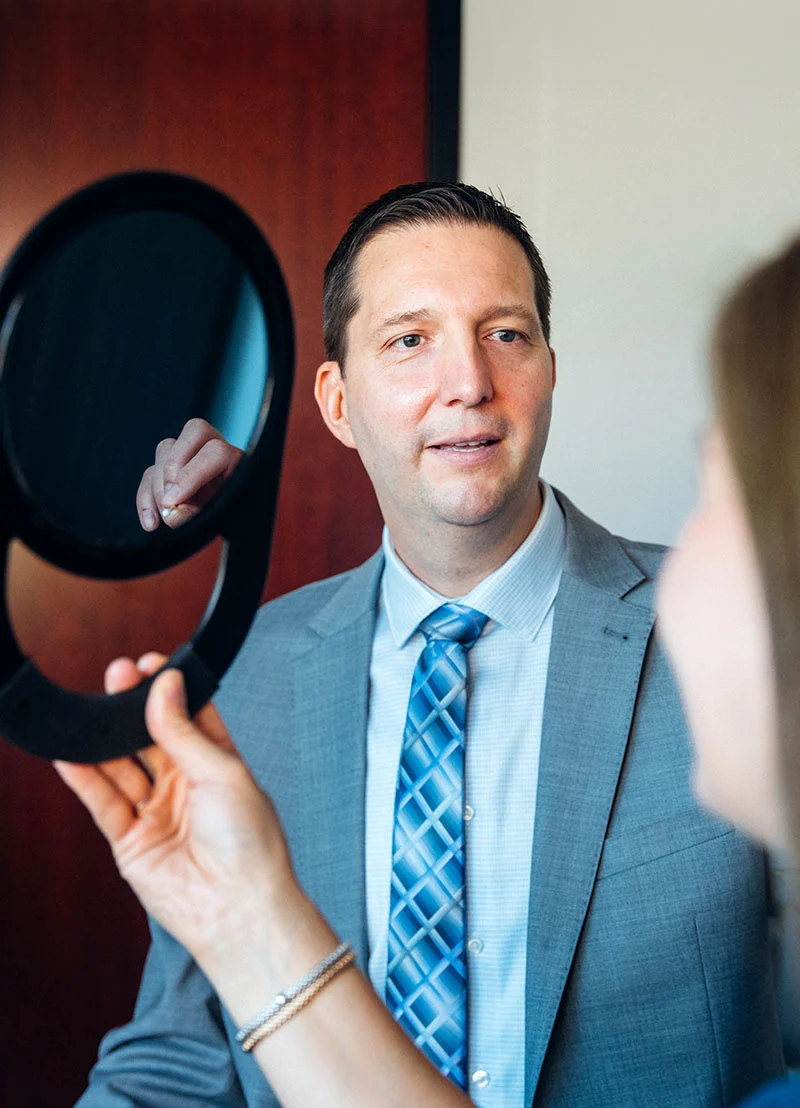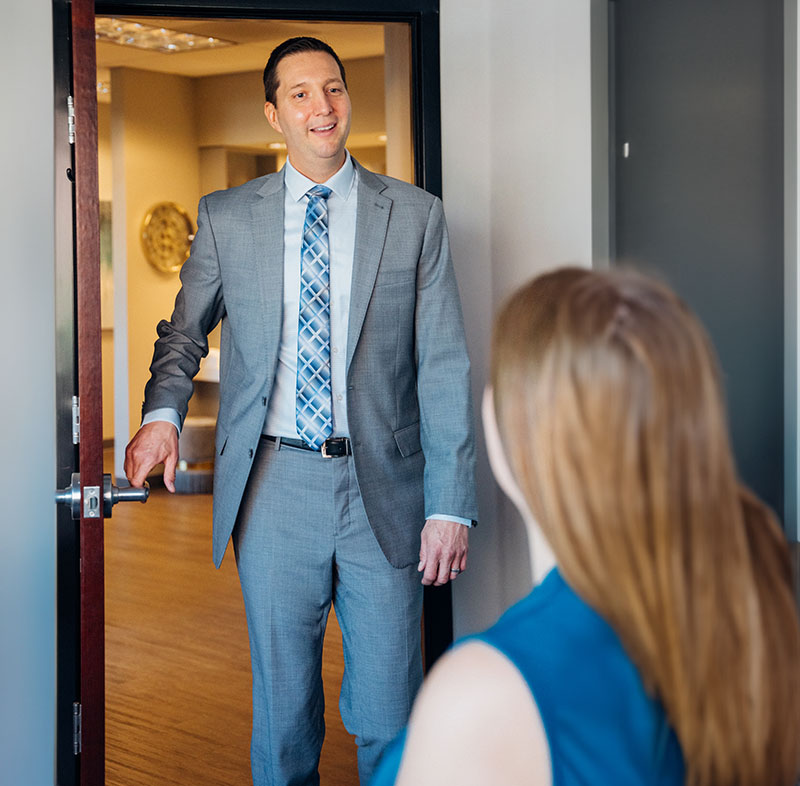What is Ptosis?
Ptosis, or drooping eyelids, is a condition that typically occurs as people age; however, in some cases, ptosis is present at birth. Ptosis may affect one or both eyes. An eyelid drooping too far over an eye can impair vision. Ptosis is usually caused by a weakened or stretched levator muscle that occurs as people age. In addition, cataract surgeries or eye injuries can sometimes lead to ptosis. In rare cases, eye tumors or neurological disorders can also cause eyelids to droop.






